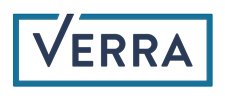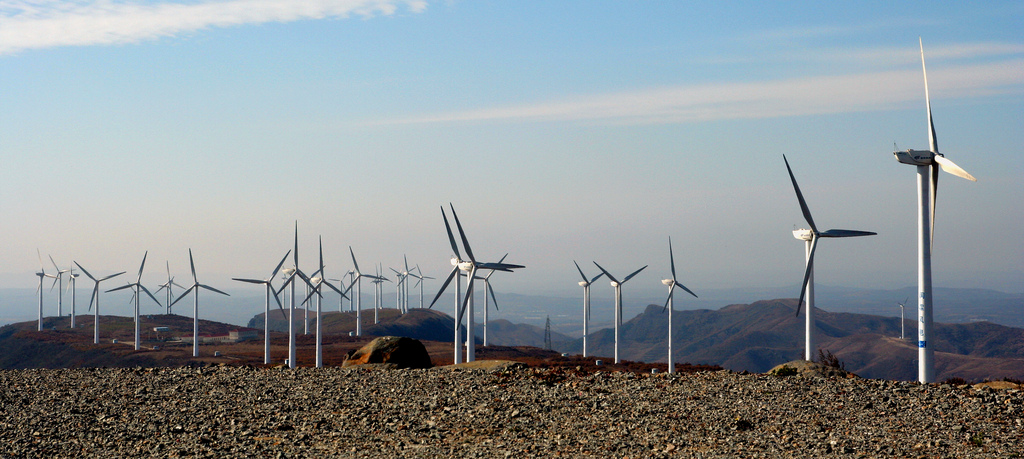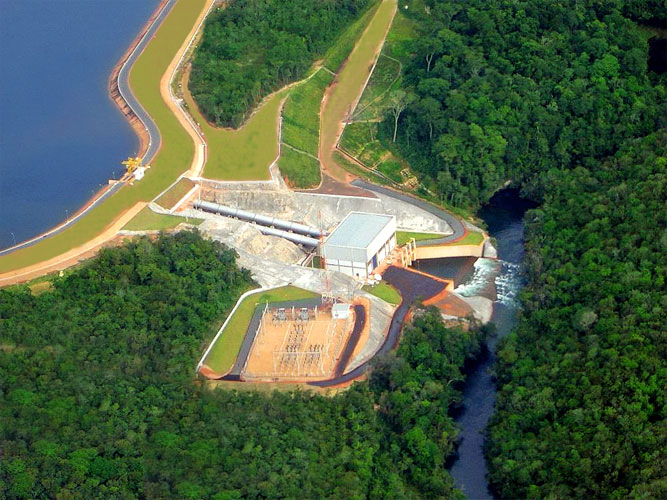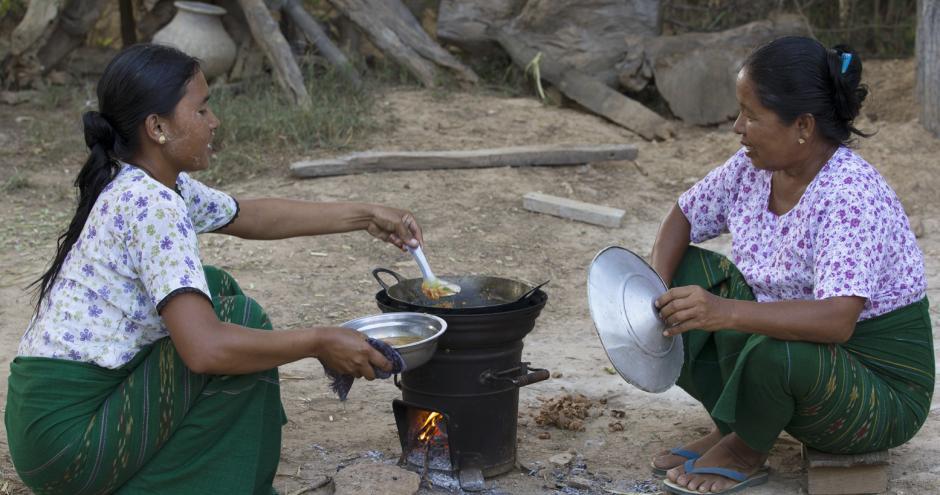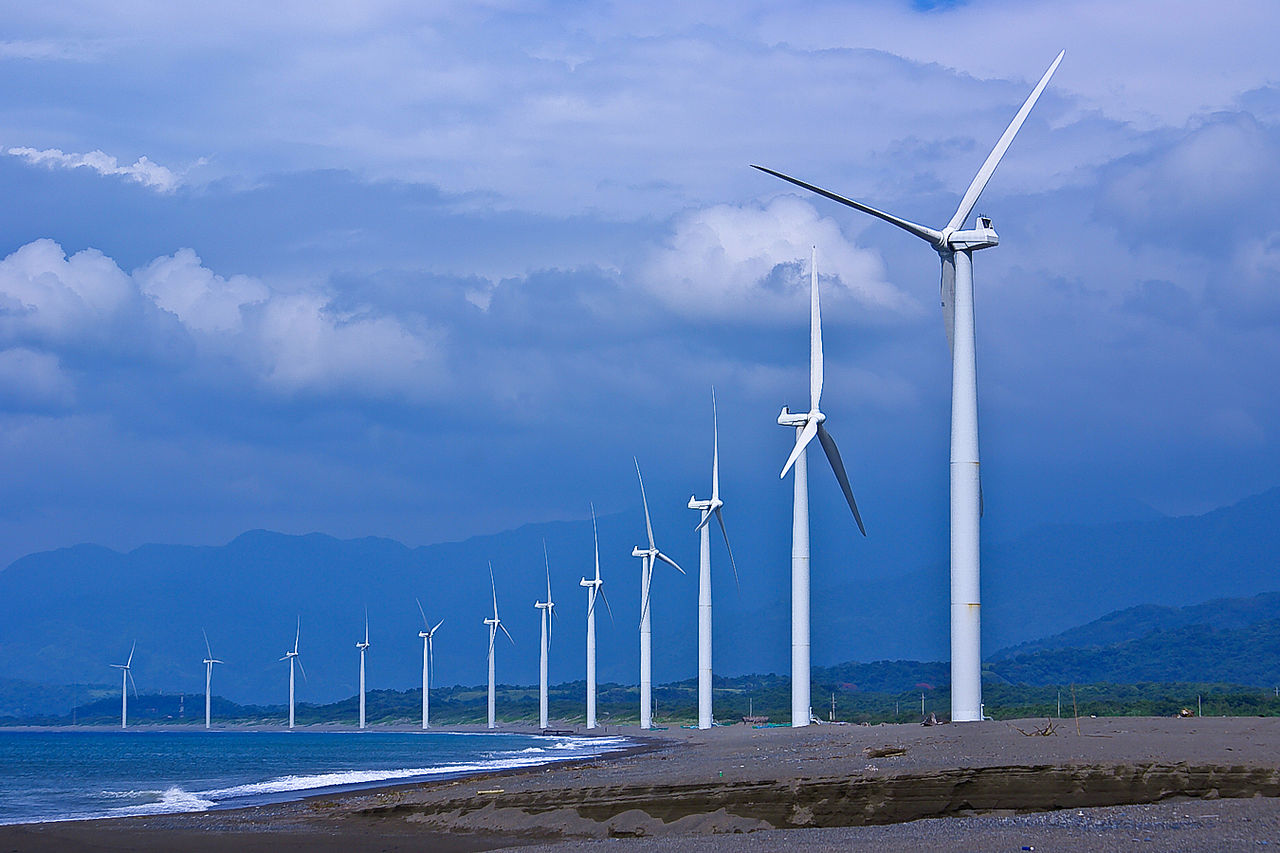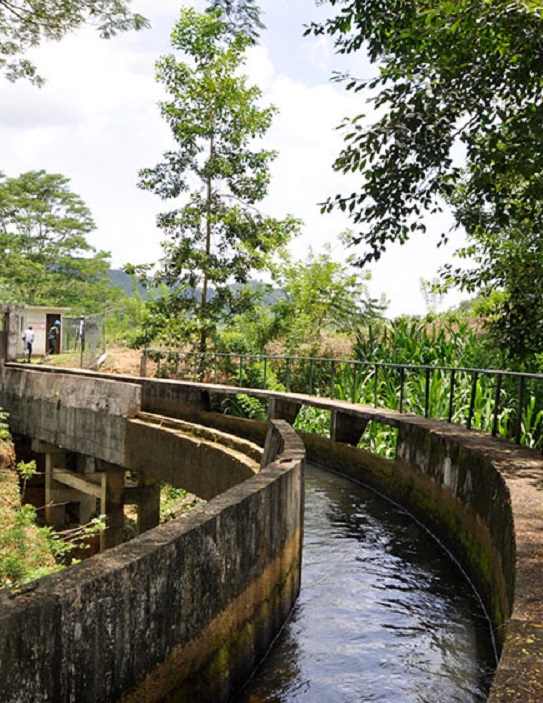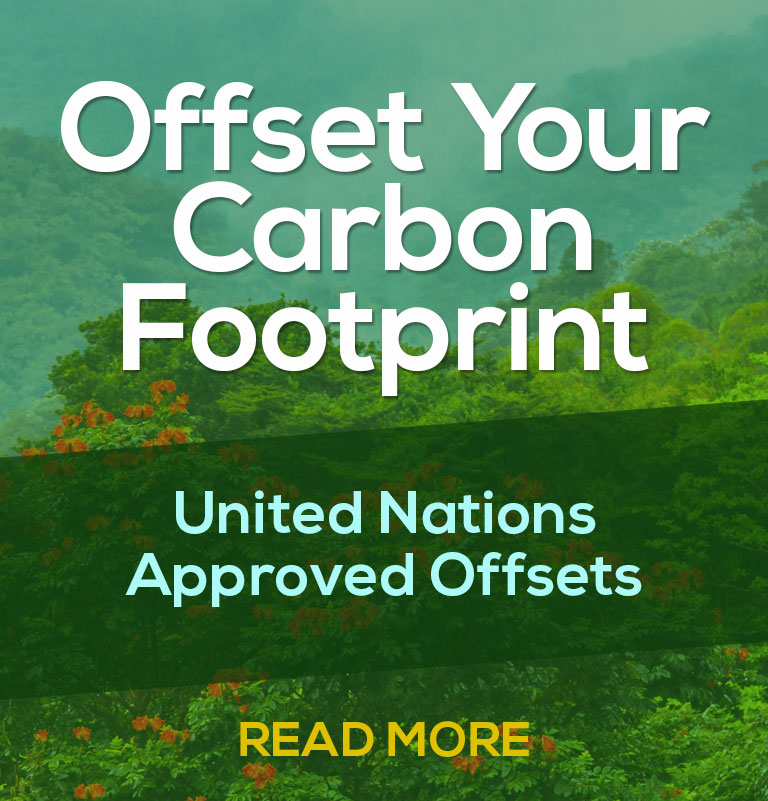

Carbon Offsets fund climate projects that reduce greenhouse gas emissions.
Buy Carbon Offsets from Carbon Trade eXchange to compensate for your Carbon Footprint, or help others to do the same.
Carbon Offsets start at $0.20c per tonne
Transparent
Up to 95% direct to project
Cost-Effective
Offset from $0.20 per tonne
Trusted
Over 10 years trading
Global
Offsets from around the world
What is the United Nations Clean Development Mechanism?
The CDM is the United Nations’ global framework for Climate Finance through Carbon Credit projects.
CDM projects earn a saleable certified emission reduction (CER) credit for each tonne of greenhouse gas they reduce or avoid, measured in carbon dioxide equivalents.
The CDM has been a magnet for project developers looking to harness wind power, distribute clean cookstoves, or pursue a wide range of other projects. Before a project can be considered for registration, the host country must attest to its potential contribution to sustainable development.
The incentive provided by the CDM has led to registration of:
- more than 8,100 climate projects and programmes in 111 developing countries
- investment of more than USD 300 billion, and:
- reduction or avoidance of 2 billion tonnes of carbon dioxide
Frequently Asked Questions
[sta_anchor id=”carbon_neutral_faqs” unsan=”carbon_neutral_FAQs”/]
What is climate change and what can we do to stop it?
In layman’s terms, climate change is the scientific consensus that average surface temperatures on our precious Planet are increasing year-on-year and have been since the onset of the Industrial Revolution. This change in average temperature (climate) is generally agreed to be the driver for an increase in extreme weather events, rising sea-levels, acidification of oceans, accelerated loss of flora and fauna, drought, famine… the exhausting list goes on!
Humans are causing climate change by burning fossil fuels, sending waste to landfill and chopping down forests. Each of these activities results in more Greenhouse Gases entering our atmosphere, where they absorb solar radiation (heat) and release it again slowly into the atmosphere.
Humans can do something about climate change by accepting that the Greenhouse Gases we create are really important and that for most of human existence we haven’t given them a care in the world. In order to disincentivise pollution of the atmosphere, we must measure our carbon footprints and pay for carbon reducing activities wherever possible.
What are Greenhouse gases and why is Carbon Dioxide so important?
The ability of these gases to trap heat is what causes the greenhouse effect. So the more greenhouse gases you have in the atmosphere, the more heat stays on Earth. This process, which is very similar to the way a greenhouse works, is why the gases that can produce this effect are collectively known as greenhouse gases.
The main human sources of GHG emissions are: fossil fuel use, deforestation, intensive livestock farming, use of synthetic fertilizers and industrial processes.
The principal forcing greenhouse gases are:
• Carbon dioxide (CO2)
• Methane (CH4)
• Nitrous oxide (N2O)
• Fluorinated gases
Carbon Dioxide (CO2) is by far the most common Greenhouse Gas and as a result it is common to measure the other GHGs in relation to CO2. Rather than GHG measurement, we typically discuss an activity’s “Carbon Footprint” and measure it is CO2e (the “e” stands for equivalent).
What is a Carbon Footprint and what does it include?
A Carbon Footprint is a measurement of Greenhouse Gas (GHG) emissions associated with a particular entity (person, corporate or organization), product or activity (service or event).
A Carbon Footprint should be measured in accordance with the Greenhouse Gas Protocol and/or the ISO14064 standard to ensure that data can be trusted, compared and meets the minimum reporting requirements in your jurisdiction.
Carbon Trade Exchange always follows the Greenhouse Gas protocol and splits a carbon footprint into three “scopes”:
• Scope 1 – Gas and fuel used at company sites or in company owned vehicles, refrigerants
• Scope 2 – Electricity, heat or steam
• Scope 3 – Indirect emissions from a source that contributes more than 1% of the business’ total emissions footprint – i.e. outsourced operations, business travel in vehicles not owned by the company, waste disposal
What is a Carbon Offset and how do we offset our carbon emissions?
While we all strive to reduce our carbon emissions as much as possible, certain GHG producing activities (eg air travel, deliveries) are still essential. Offsetting allows us to mitigate the environmental impact of these activates by providing a source of finance for carbon reduction projects creating real and additional CO2 reductions.
An offset can be achieved by purchasing and cancelling carbon credits. 1 carbon credit represents 1 tonne of CO2e reduction – so a business that emits 1000 tonnes of carbon can offset its emissions by purchasing and cancelling 1000 carbon credits.
Thanks to our unique online Exchange, finding, purchasing and cancelling carbon credits can be done instantly, securely and transparently.
Where does my money go?
Unlike other carbon credit brokers, we charge a transparent, fixed transaction fee on each credit purchased so you know exactly where your money is going.
To see examples of our listed projects, please see the projects page
What is the United Nations Clean Development Mechanism? (CDM)
The Clean Development Mechanism was created to incentivize least cost global emissions reductions and finance sustainable development in the developing world. The CDM allows emission-reduction projects in developing countries to earn certified emission reduction (CER) credits, each equivalent to one tonne of CO2. These CERs can be traded and sold and used by industrialized countries to a meet a part of their emission reduction targets under the Kyoto Protocol. The mechanism stimulates sustainable development and emission reductions, while giving industrialized countries some flexibility in how they meet their emission reduction limitation targets.
Carbon trade exchange can accept listings directly from the United Nations CDM registry with whom we have a unique interface and also CER’s from any National Carbon Registry which would be transferred to CTX escrow account held in the UK National Registry under a special exclusive escrow agreement.
What is the Gold Standard?
Gold standard Carbon Credits or their VER’s are produced following very similar procedures to the UNFCCC CDM including third party verification.
Established in 2003 by WWF and other international NGOs the Gold Standard certifies projects that reduce carbon emissions and foster sustainable development in line with the UN SDGs.
Gold Standard now has more than 80 NGO supporters and 1400+ projects in over 80 countries, creating billions of dollars of shared value from climate and development action worldwide. Gold Standard
What is Verra VCS?
Verra Carbon Credits (VCU’s) are independently verified issued under a large variety of project types for more than 15 years. The VCS Program is one the world’s most widely used voluntary GHG programs. Almost 1,600 certified VCS projects have collectively reduced or removed more than 450 million tonnes of carbon and other GHG emissions from the atmosphere. Verra VCS
What is ISO 14064-1?
The International Standards Organization (ISO) is an independent, non-governmental international organization with a membership of 165 national standards bodies.
ISO 14064-1 was developed in 2006 as a Carbon Credit (offset) credit standard which specifies principles and requirements at the organization level for quantification and reporting of greenhouse gas (GHG) emissions and removals. It includes requirements for the design, development, management, reporting and verification of an organization’s GHG inventory.


